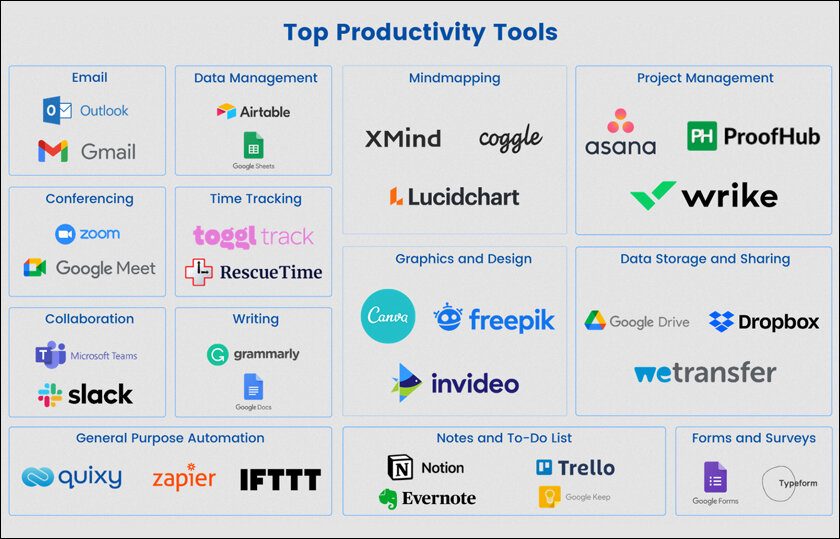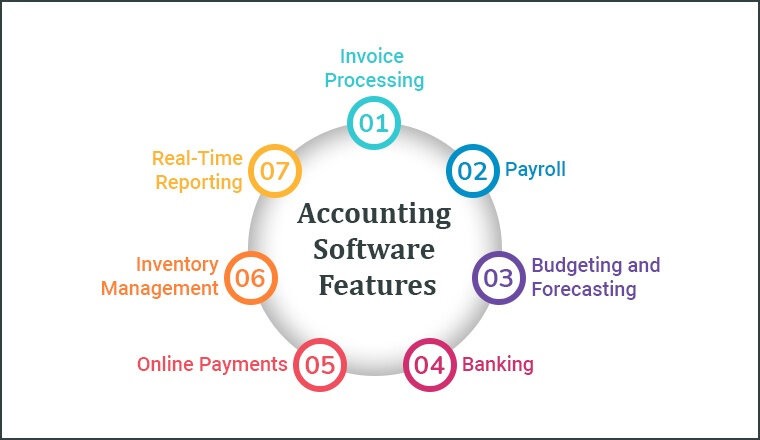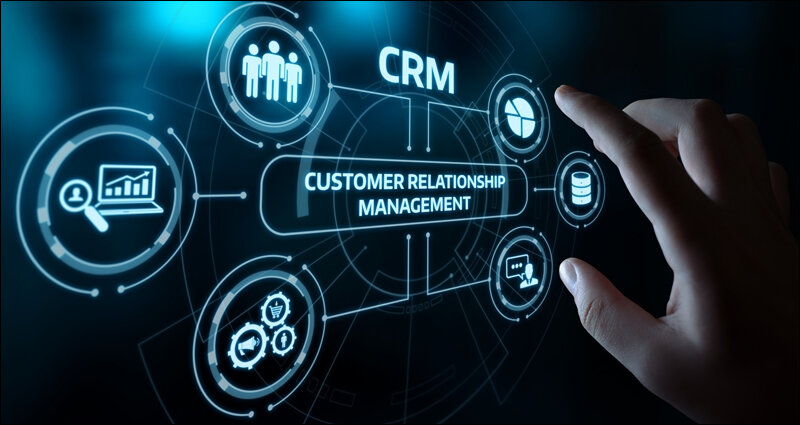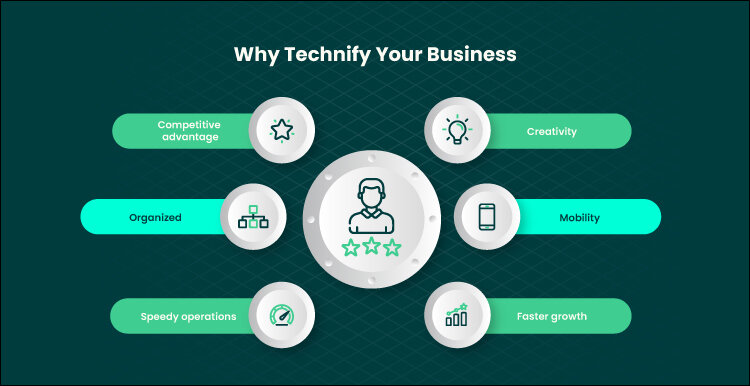Dinesh Elumalai explores the preeminent role technology has come to play in the creation and growth of modern business conglomerates.
We live in the fourth industrial revolution, as some have put it. This is the age where rapid developments in technology, industry, and social interrelations and processes in the 21st century due to increasing interconnectivity and improved automation. Today, technology effectively plays an integral and unyielding role in assisting workers in completing tasks and moving forward in their careers, whether you are updating a policy, communicating with your team, or reviewing old records. You can make better use of the resources at your disposal at work by learning more about business technology and how it impacts the workplace. In this article, we define business technology, examine various technology categories, and outline the benefits of each.
What is business technology?
Business technology refers to any electronic device or system used in a commercial setting. Among the technology resources used by employees are computers, internet connections, printers, mobile devices, and programmes that help with task organisation and prioritisation. Business technology can also aid in task division by setting distinct goals for each employee to simplify more difficult tasks. Business technology can be used by managers to find new hires, set up partnerships with other companies, or analyse the financial health of the company.

How do businesses make use of technology?
There are many ways that businesses use technology, including:
Payroll: A business uses technology to pay employees and contractors during each pay period by using computer systems, specialised software, and scheduled payroll programmes. Some of these operations are fully automated.
Hiring: Businesses can access job forums online to find talent from all over the world. Through networking and computer systems, managers have access to software that creates flyers, job descriptions, and scheduling tools.

Inventory management: Businesses can design complex spreadsheets to track and locate inventory thanks to data storage systems. These computer programmes may have an active classification system that notifies staff members when a certain type of inventory is present in a warehouse or moving.
Task allocation: Software programmes, both offline and online, can assist managers in assigning tasks to employees. Through personalised websites, they can virtually assign tasks, and they can communicate about goals in online chat rooms.
Communication: Businesses can communicate with staff members remotely to discuss projects and plans thanks to communication software. Some systems even offer optimization options for companies with entirely remote employees.
Data storage: Companies can store documents, financial statements, and other company information using data storage systems, which employees can access from virtually anywhere. A data storage system can assist managers in production companies with order tracking, stock management, and general production management.
Security: Electronic content is kept secure with the help of security software, which blocks unauthorised access. It can also help staff members follow the organization’s safety regulations.
Various forms of business technology
There are many different types of business technology, including:
Computer systems:
Computer systems are extremely practical technological tools that support all the other components of a contemporary business system. It provides staff with software tools so they can create presentations, analyse data, and write letters and emails. Portable computers enable workers to complete tasks while on the move. With the aid of software that provides them with monitoring systems, cameras, work tools, and communication programmes, employees can work from home with the aid of a computer. In a modern office, most people use computers, even if they share them with other employees.
Productivity tools:
The use of productivity tools and software allows employees to finish tasks and stay focused on their work. Staff members can edit documents, write code, create spreadsheets, and complete instruction forms with the help of these software tools. Some productivity tools help employees schedule their tasks by suggesting the best times to work and take breaks.

Networking devices and printers:
Most of the time, computers work in networks and are connected to the internet to perform their tasks. Additionally, printers can connect to Wi-Fi and use that connection to obtain printing instructions from the computer. Networks enable employees of an organisation to share records, emails, internet links, and texts as well as other documents and information. A printer or storage space can be shared by several computers via networks. An office network may only be accessible to computers there. If the network has a longer range, it might even cover all of the company’s facilities or the entire department.
Mail and phone systems:
Both phone and mail systems are available for use by employees to communicate with one another about daily tasks and projects. Businesses frequently use in-line phones that only work on the company’s premises, although more modern establishments may give leaders company-managed cell phones. All business phone systems typically have auto attendants that help callers connect with the employee. Work phone systems may also offer customised voicemail options for times when employees are not in the office. Email systems work only within the organisation and occasionally only with custom software, similar to business phone systems.
Financial accounting systems:
Software for financial accounting helps employees manage and track payroll for the entire company. Accounting software assists with tracking cash flow, forecasting future capital requirements, and monitoring revenue. Accountants can use financial accounting systems to prevent fraud and make sure that everyone gets paid on time.

Inventory control systems:
A company that processes or sells goods on a daily basis certainly uses an inventory control system to keep track of packages and items in transit. These systems securely track each item in the system’s inventory. Inventory control systems aid manufacturing businesses in preventing stock shortages. When to restock with supplies and how long salespeople should put off can both be advised by inventory control systems.
Customer relationship management systems:
A customer relationship management system is a piece of software that tracks a customer’s interactions with a company. From the moment a customer first becomes a potential lead, information about them is recorded by a customer relationship management system so that it can be added to their profile. The customer relationship management system notifies the staff of the products that need to be shipped as well as the preferred delivery address when a customer calls to place an order.

By acting as a conduit between the customer and the staff, the customer relationship management system makes sure that everyone is always informed of the status of the order. The customer relationship management system, for example, recognises when an item is unavailable before the employee does and cancels the order while informing the customer that the item is unavailable. Customer relationship management systems help businesses form bonds with customers by gathering all the necessary information about a customer’s profile and using that information to offer the best possible customer service.
Business technology benefits:
A company can gain from using technology at work in several ways, including:

Diversified marketing options:
Thanks to technology, businesses can advertise their goods using a variety of platforms and media. A business can use technology like computers, printers, phones, and email services to advertise and implement marketing strategies across the web, print media, and other industries. Using the internet and computers, employees can market in other ways, such as through social media, forums, and blogs.
Improved communication methods:
Employees can communicate much more quickly and easily thanks to technology, wherever they may be. Thanks to tools like phone services and online chat rooms that let employees handle many tasks from home, employers can communicate with employees wherever they are. By enabling workers to transfer information instantly and complete tasks more quickly, instant communication systems through computers and the internet also contribute to accelerating communication rates.
Prompt financial services:
Thanks to technology like computers and automated software, businesses can communicate with banking services quickly and automatically. Thanks to technology, employees can access payroll electronically without going to a bank. In a fully automated system, employees can request direct deposits into their accounts and receive payment at once.
Better security:
The use of technology enables businesses to defend against cybersecurity risks and online malware. Thanks to security technology, a business can more closely control its own security measures, investing in protection strategies however much or little they see fit. Security software reacts instantly to secure the threat and alert all relevant employees when a system flaw is found.
We would catch you up with the different topic of business in brief for your view based on your request and interest through the comments which you have mentioned on this article.









